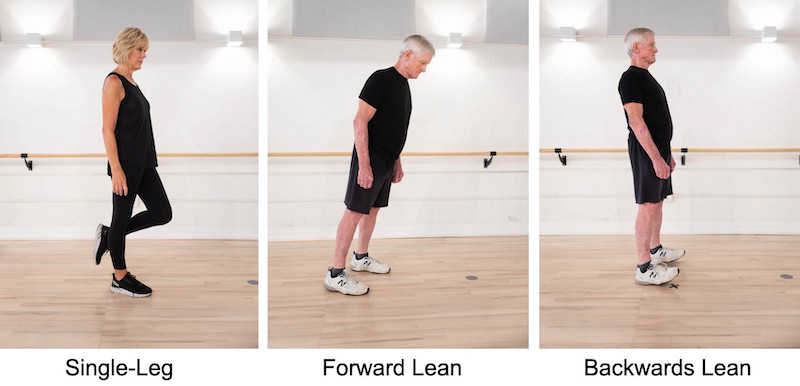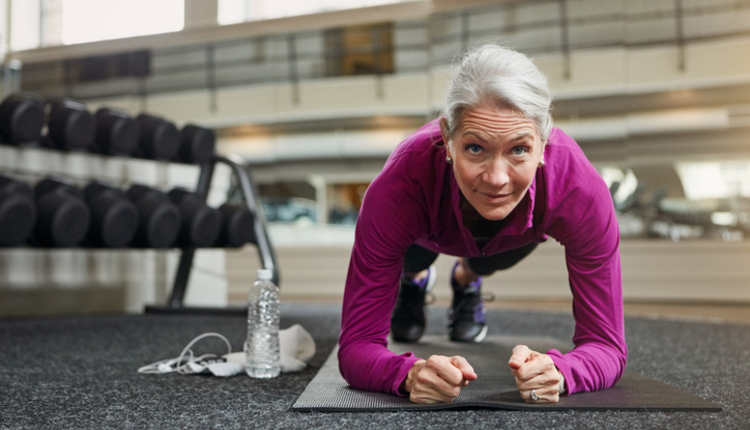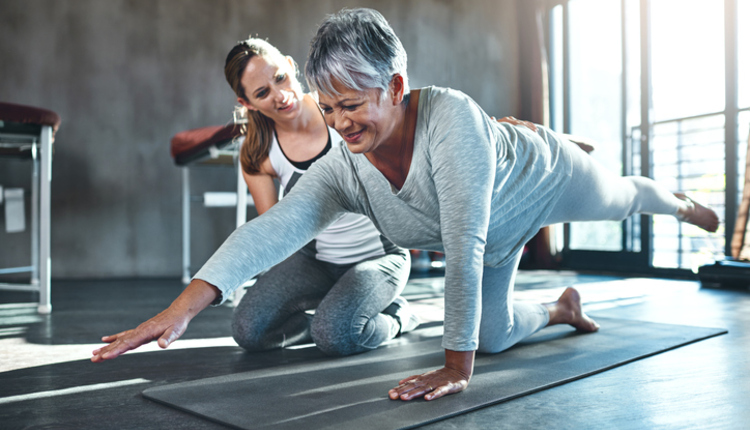Many people think of balance as a single thing and either they have good balance or they don’t, but it is much more complicated than that. Balance is a multi-factorial concept and proper balance is dependent on multiple systems and movement strategies. These three core concepts are critical to balance training: base of support, center of gravity control and limits of stability. Balance, at its simplest, can be considered to be control of the body’s center of mass over the base of support and within a person’s limits of stability.

Dr. Cody Sipe has an extensive background in the fitness industry with 20 years of experience as a personal trainer, fitness instructor, program director, exercise physiologist and club owner. He is currently an Associate Professor and Director of Clinical Research in the physical therapy program at Harding University. He has spent his career researching, developing and practicing the most effective training strategies to improve function in older adults. He has completed certifications as an ACSM Exercise Specialist, ACSM Registered Clinical Exercise Physiologist, FallProof Balance and Mobility Enhancement Specialist and more. His secondary area of expertise is in the prevention and management of chronic disease conditions, especially those that accompany the aging process such as arthritis, cardiovascular disease, diabetes and osteoporosis. In 2005 he was honored with the IDEA Program Director of the Year award.
Base of support (BOS) refers to the area beneath a person that includes every point of contact that they make with the supporting surface. In a standing position, a person’s foot position determines their base of support. A wide foot position provides a large and stable BOS, while a narrow or single foot position creates a small and more unstable BOS. A basic progression from larger to smaller BOS is as follows:
1. Wide
2. Shoulder-width
3. Feet together (side by side)
4. Semi-tandem
5. Tandem
6. Single Leg
The Center of Gravity (COG), also called Center of Mass, is located just below the navel and just inside the abdominal wall for most people, although some may have an altered center of mass due to abdominal obesity or poor posture. Postural control is the ability to keep one’s COG within their base of support during either static (feet do not move) or dynamic (feet move or change position) activities. If a person’s COG moves outside their BOS, then they will begin to fall and will need to make quick postural adjustments in order to regain their balance. How far a person can move their COG without losing balance is called their Limits of Stability (LOS).
A person’s LOS tend to decrease as they get older so that they cannot lean as far without having to take a step, but it can improve through training. The key is to move as far as possible in all directions (to their LOS) without falling.
For example, during a forward lean they should lean far enough so that their heels are about to come off the ground, while during a backwards lean they should feel their toes start to come off the ground. If they only stay within their comfortable range of motion, then they won’t challenge themselves enough to make improvements.

Since most falls occur during dynamic movements, such as walking, it is highly recommended to challenge COG with dynamic exercises. Walking (starting and stopping), stepping (on, off, over), and changing directions/turning are all ways to challenge COG control dynamically. Increasing movement speed and complexity add to the challenge.
For more on this topic, check out his book, Quick Functional Exercises for Seniors.


















